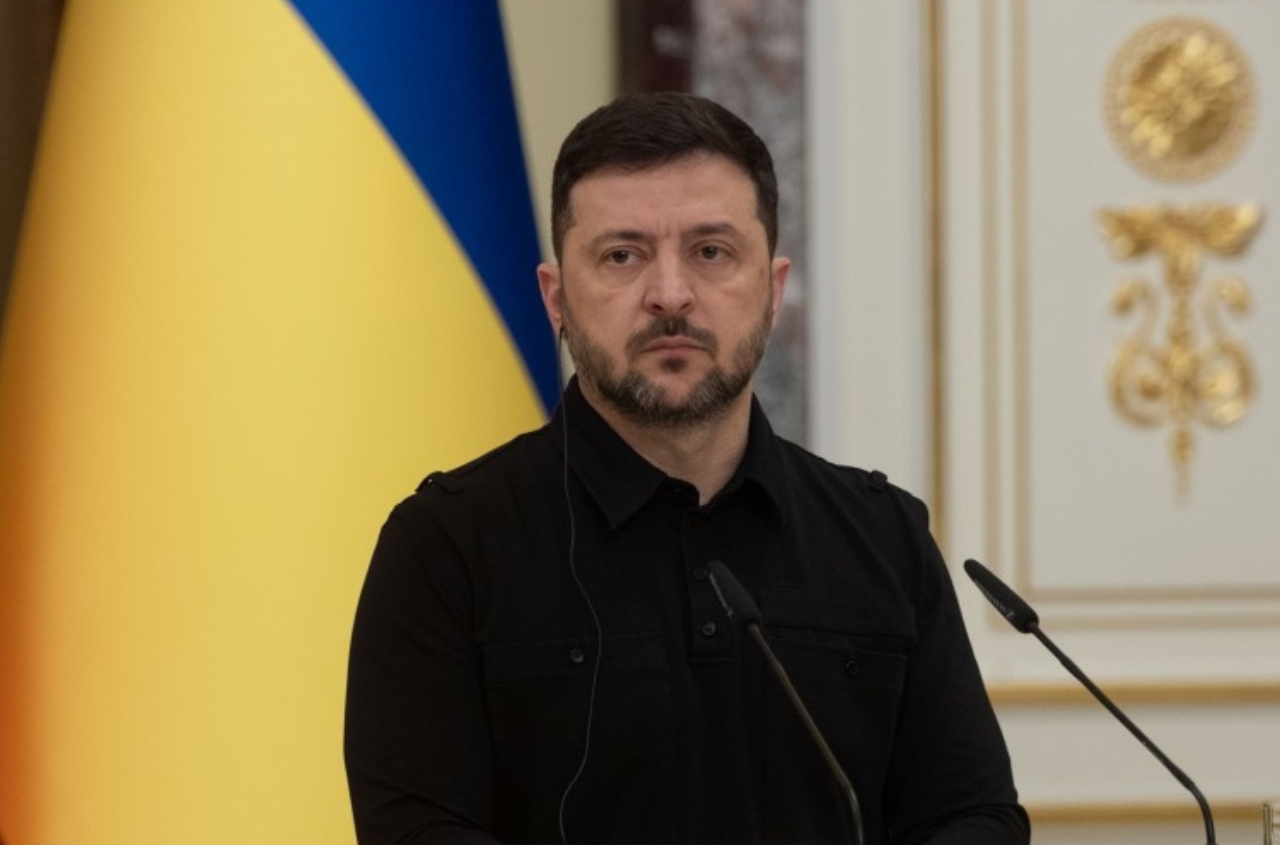For the first time, the Central Bank of Russia has begun direct sales of gold from its reserves on the domestic market, granting access to the metal for banks, state companies, and certain investment entities. For the regulator, this is a forced measure: gold is effectively being used to support the ruble, patch corporate liquidity, and cover budget needs amid the rapid depletion of other resources.
Until 2025, the Central Bank did not sell gold to commercial market participants—it only received it from the Ministry of Finance, building up its own reserves. Now, however, the regulator is moving to sell, while the National Wealth Fund is rapidly losing liquid assets: from $113.5 billion in 2022 to $51.6 billion in 2025. The fund’s gold holdings during this period have decreased by 57%—from 405.7 tons to 173.1 tons.
In 2025, sales could reach $30 billion (about 230 tons of gold), and in 2026 at least $15 billion (115 tons). Such large-scale monetization of reserves accelerates the depletion of assets already under pressure from sanctions and the decline of available foreign-currency instruments.
The gold-selling strategy is intended to quickly support the budget and maintain ruble stability, but it creates long-term risks: deepening the deficit of liquid reserves, making state finances more dependent on asset sales, and limiting options for future interventions. The actual “consumption” of reserves—including gold long considered untouchable—highlights how constrained Moscow’s financial space has become under sanctions pressure.



















